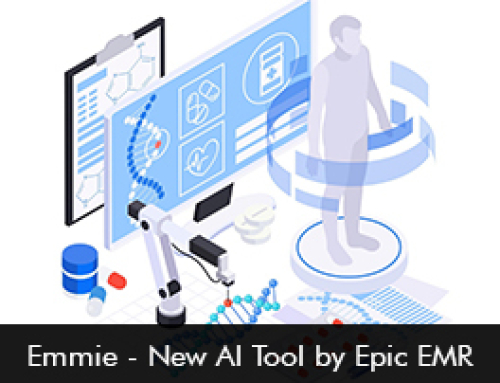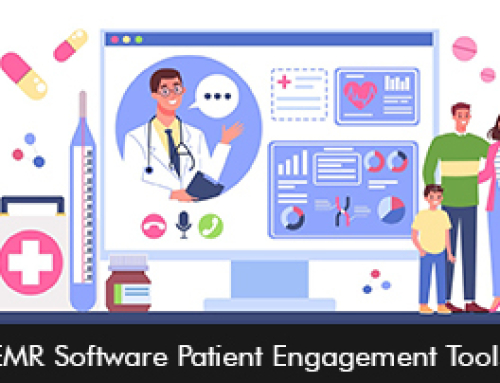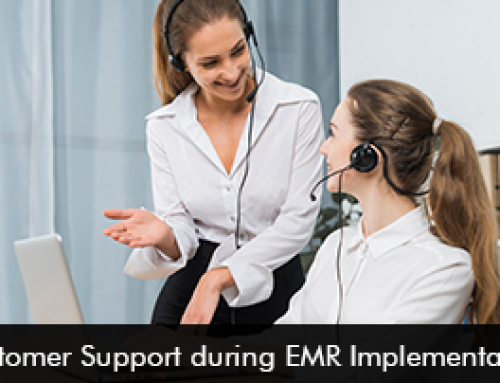Most of the Electronic Medical Records (EMR) Software, like any other projects ranging over a long range of time, take years to deploy and stabilize. This software implementations are expensive and can go really heavy on the budgets of medical practices, with the expensive ones taking up almost 3 to 6% of a healthcare facility’s operating budget.
Projects which are as expensive as this one are expected to give huge returns but unfortunately, around 30-50% of these projects fail to deliver. A recent survey conducted by a leading Electronic Health Records (EHR) Software vendor revealed that around 70% of the physicians are unsatisfied with the EHR Software implemented in their clinic.
Unsuccessful EMR Software implementation is not something the healthcare industry is unaware of. In fact, this can be really destructive and cost the practices a lot in terms of energy and resources. Here are a few tips on how to implement your EMR Software successfully and avoid an EMR Fail.
Defining Clear Goals
You need to be very clear about your expectations from an EMR/EHR or Practice Management (PM) Software. Setting realistic goals not only helps you develop a practical strategy but also allows you to evaluate your efforts at each step and make corrections during the process.
Developing Strong Infrastructure
The need for a solid and robust infrastructure is essential to a successful EMR Software System implementation. This is the one point where most practices lack and often fail to deliver. Taking care of certain aspects and resources to fall back on in case something happens is also important before getting into the actual implementation process.
Using the Right Technology
Once you have your goals and expectations clearly listed, the next step is to decide on the best technological tools to help you achieve them. Besides the actual technological tools, make sure that the actual software going to be implemented is aligned with your preferences. This not only increases the chances of a successful implementation but also settles with your staff and other physicians easily.
Training the Staff
The staff needs to be prepared for whatever is about to come. Make sure you give proper and specific training to the relevant staff. If the practice you are operating in, for example, deals with Dermatology, make sure you train them about a specific Dermatology EMR Software and what it brings with it in advance.
Effective Post Implementation Support
The implementation, although, is the most important part, yet the software support must continue even after the process has been completed. You need to talk to the vendor about the on-going support and technical help throughout and even after the implementation.








